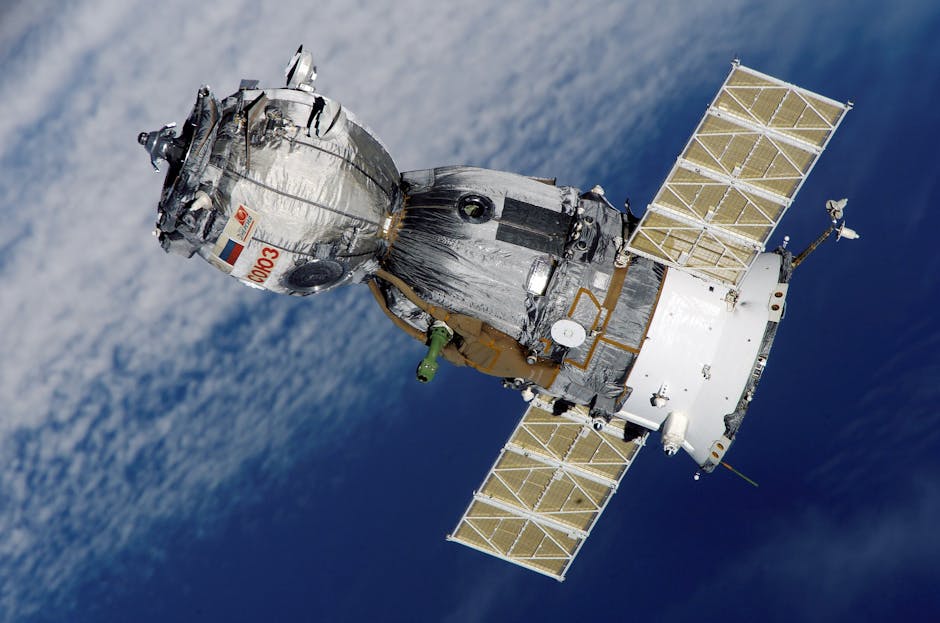-
Recent Launch: A Soyuz spacecraft, commemorating the 80th anniversary of WWII’s end, launched from Baikonur Cosmodrome in Kazakhstan.
-
Crew: The spacecraft is carrying an American astronaut (Jonny Kim) and two Russian cosmonauts (Sergey Ryzhikov and Alexey Zubritsky) to the International Space Station (ISS).
-
Mission: The crew will conduct 50 scientific studies in space before returning on December 9.
-
Historical Significance: The Soyuz program is the longest operational human spacecraft program, dating back to the 1960s. Soyuz means “union” in Russian.
-
Function: Soyuz spacecraft primarily serve as crew ferries to and from Earth-orbiting space stations, including the ISS.
-
Design: The Soyuz spacecraft is composed of three modules: orbital, service, and reentry.
-
Non-Reusable: Both the Soyuz rockets and spacecraft are non-reusable.
-
US-Russia Collaboration: Space collaboration through the ISS remains one of the few active partnerships between Russia and the United States.
-
Challenges for Roscosmos: Russia’s space program faces challenges including funding issues, corruption, and setbacks, although still serves as crucial transport to the ISS.
